Nara
During our time in Osaka, we dedicated one day to visit the beautiful Nara.
With the train we left Osaka and led the city behind us, and approached the hills in this landscape. After about an hour by train from Osaka, we reached Nara.
Nara is a beautiful quiet place, with temples and Shinto shrines from the 8th century, dating back to the time when the city was the capital of Japan during the Nara period, then called Heijo-Kyo.
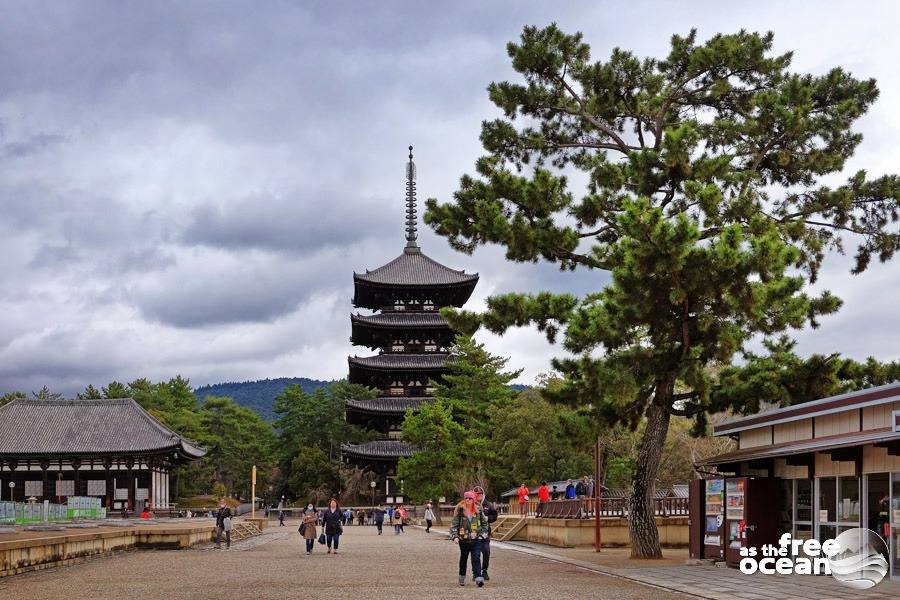
The signs at the station led us into the Nara Park. We left the station and were directly “attacked” by a deer. Yes, that’s right, a deer approached me and before I understood, what was going on it devoured my city map. I tried to stop it but without any success. In Nara there are about 1200 wild deer that roam freely and they are used to see visitors around. To be precise, they are sika deer that characterize the cityscape of Nara.
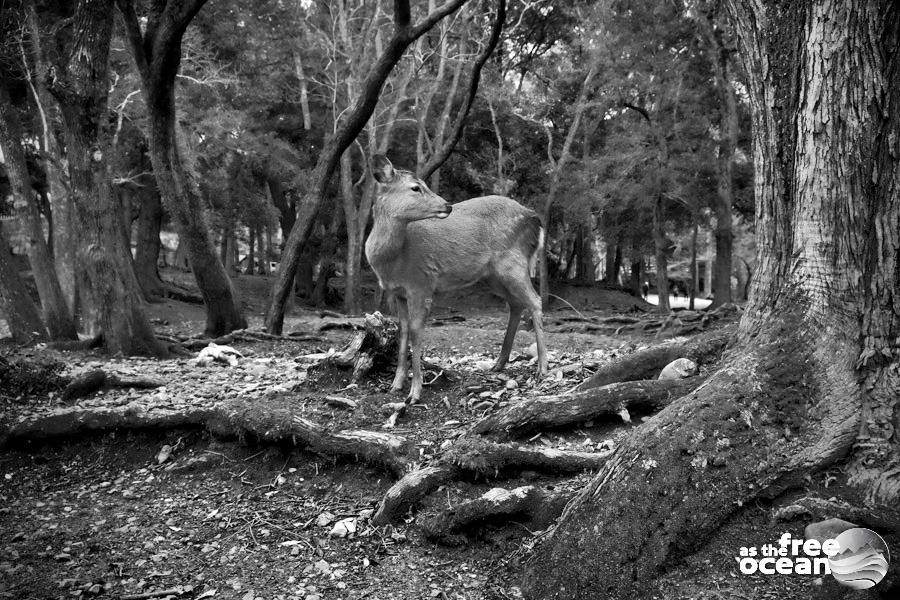
Why are there so many Sika deer there?
According to the legend, the noble family Fujiwara built the shrine Kasuga Taisha in order to be offered divine protection. The Kasuga shrine, as it is known today, is protected by the deities of Kashima shrine who is said that were riding on white deer. Since that time, the animal has been protected and excluded from the hunt. Over time, animals and humans got used to each other.
On Sundays and holidays in October, the male animals are captured so that their antlers can be cut by a Schinto priest. This happens because in autumn the deer’s antlers are getting hard for the mating season and become a danger to visitors. This is one of the most important festivities in Nara. It is also forbidden to feed the animals. The Shika Senbei (deer cookies) are an exception, which are baked especially for the animals and can be purchased at various points in Nara Park. The animals are said to bow when they want a cookie. We did not feed the deer, but in fact we recognized this behavior.
Nara Park
Nara Park has much more to offer than just the wildlife. Our walk took us along the Kohfukuji and Gangoji temples to the Himuro Jinja shrine, where we once again admired the blossom. On our map (we often use the app “Visit a city”… which proved to be very helpful after our map from the tourist office was eaten) we realized that there are two Japanese gardens in Nara that next to each other. The Isuien Garden is larger, but it costs 900 yen (about 7 euros) entrance fee. The Yoshikien Garden is free for foreign tourists. We only had to answer a few questions about our origin in order to enter. Everything there is beautifully maintained and reflects three different gardens: the flower garden, moss garden and the pond garden.
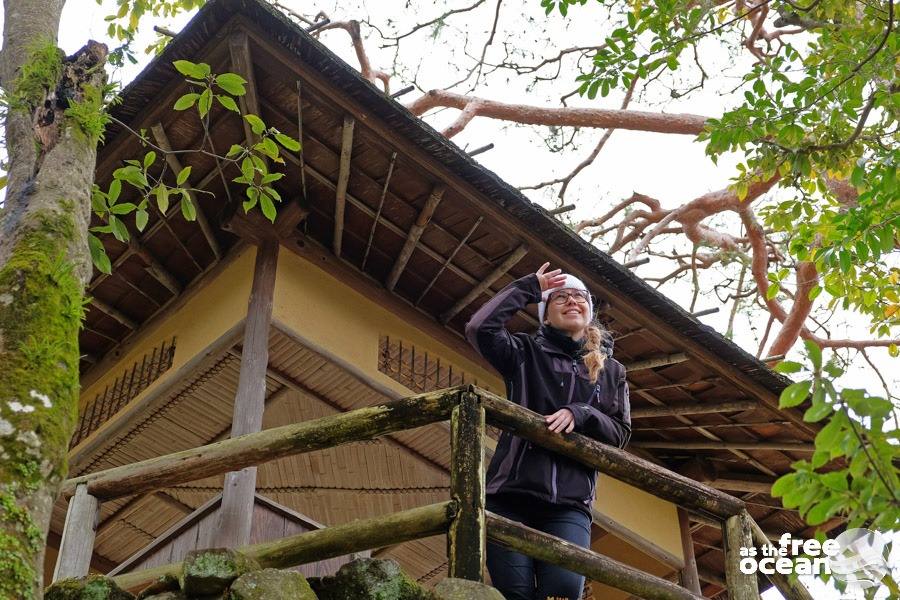
The highlight of the day
After a short break we came to our highlight of the day. The Todai-Ji Temple, like most of the temples in Nara was built also in the Nara period. The main object of worship in this imposing temple is the Vaiocana Buddha (“Buddha shining through the world, like the sun”). The Todai-Ji Temple was founded by Bishop Roben and is still the main temple of the Kegon sect in Buddisum. In the years 1180 and 1567 the temple burned down and was rebuilt during the Edo period. Nowadays it is 33% smaller than it was originally but still ranks among the largest wooden buildings in the world.
The entrance to Daibutsuden (Big Buddha Hall) costs 600 yen (about 4.50 Euro) and for 1000 Yen you can visit the museum as well. The huge 14.98 m high Buddha is located at the entrance of the hall. The bronze statue is covered in gold and is accompanied by smaller statues. After our visit here we continued our walk to the big bell behind the temple and went up some steps to the Nigatsu-do hall. Here you get a great view over the city of Nara and the park. Nigatsu-do means hall of the second month and is an important part of the Todai-ji temple.
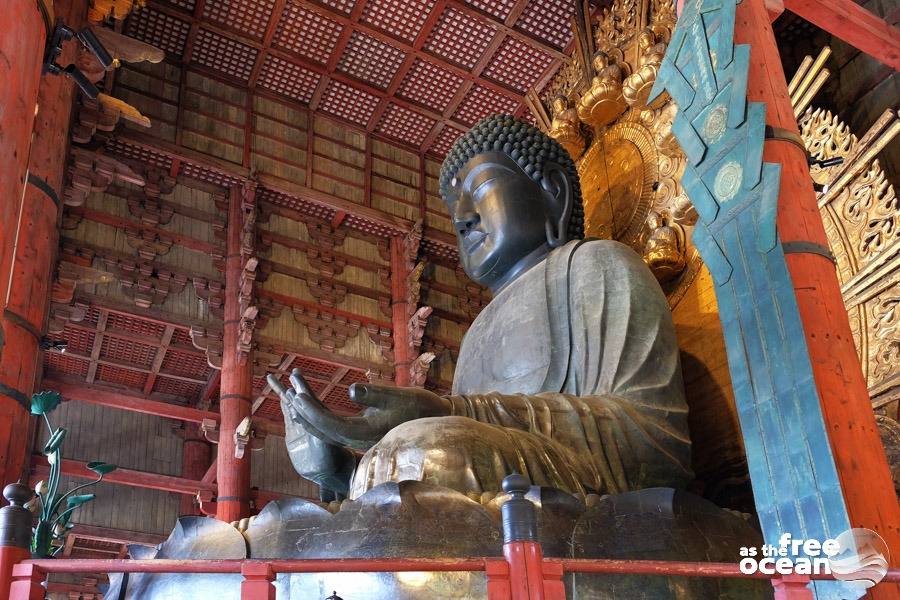
On this day we were once again lucky with the weather, except for a short shower, and returned to Osaka with many beautiful impressions.
Would you like to see more pictures about Nara? Click here.

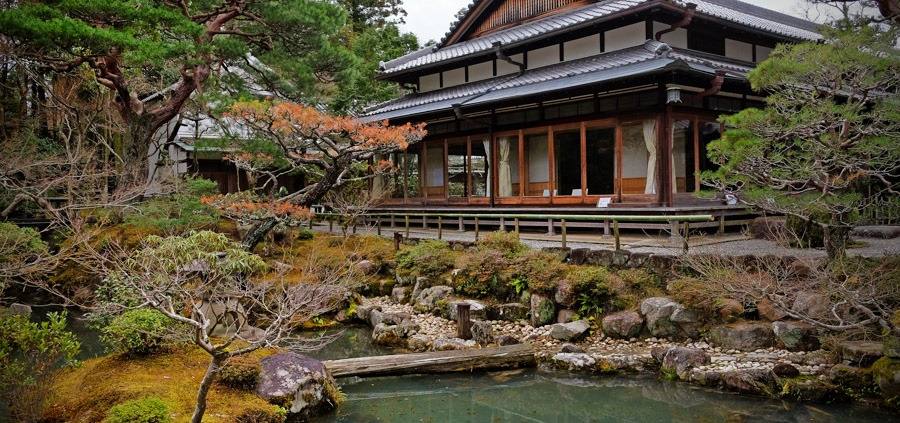

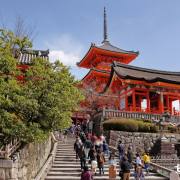
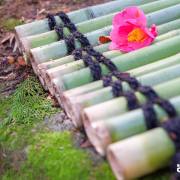


Leave a Reply
Want to join the discussion?Feel free to contribute!